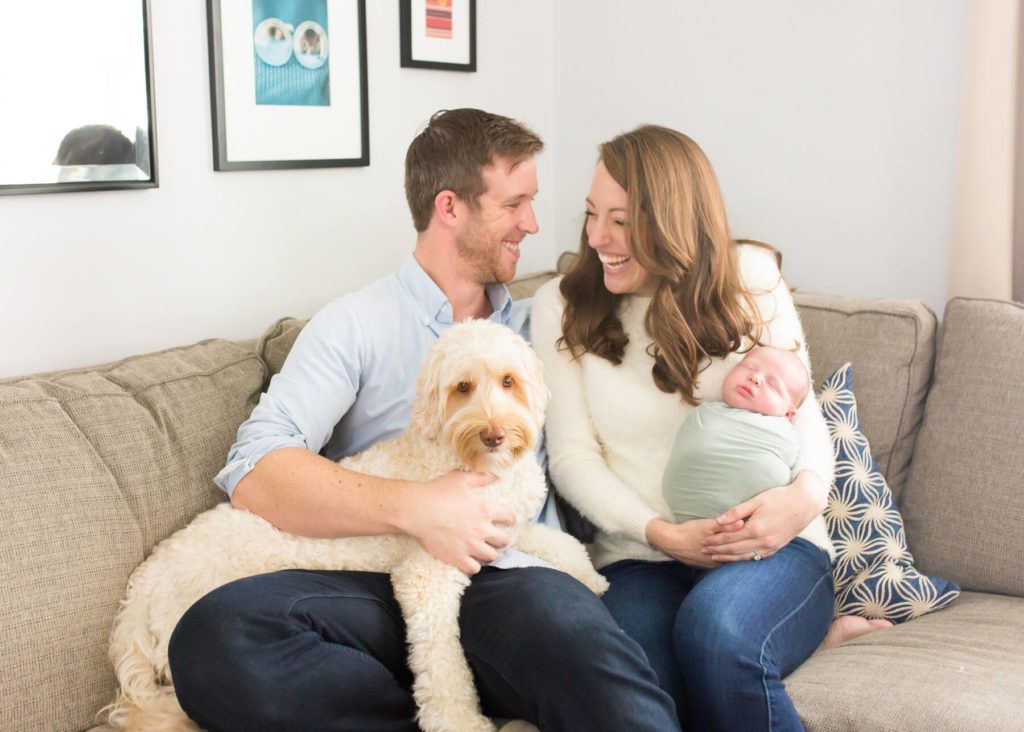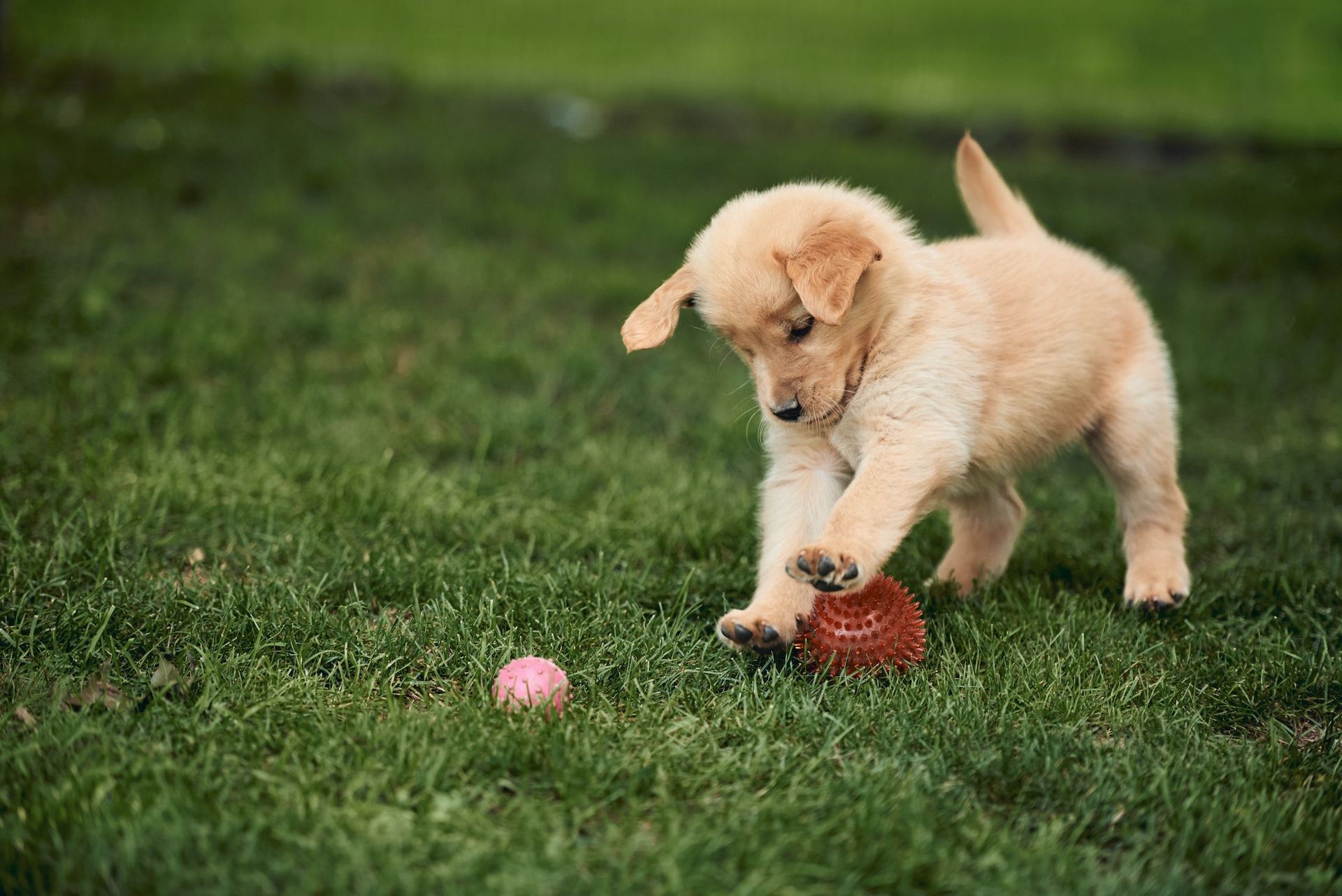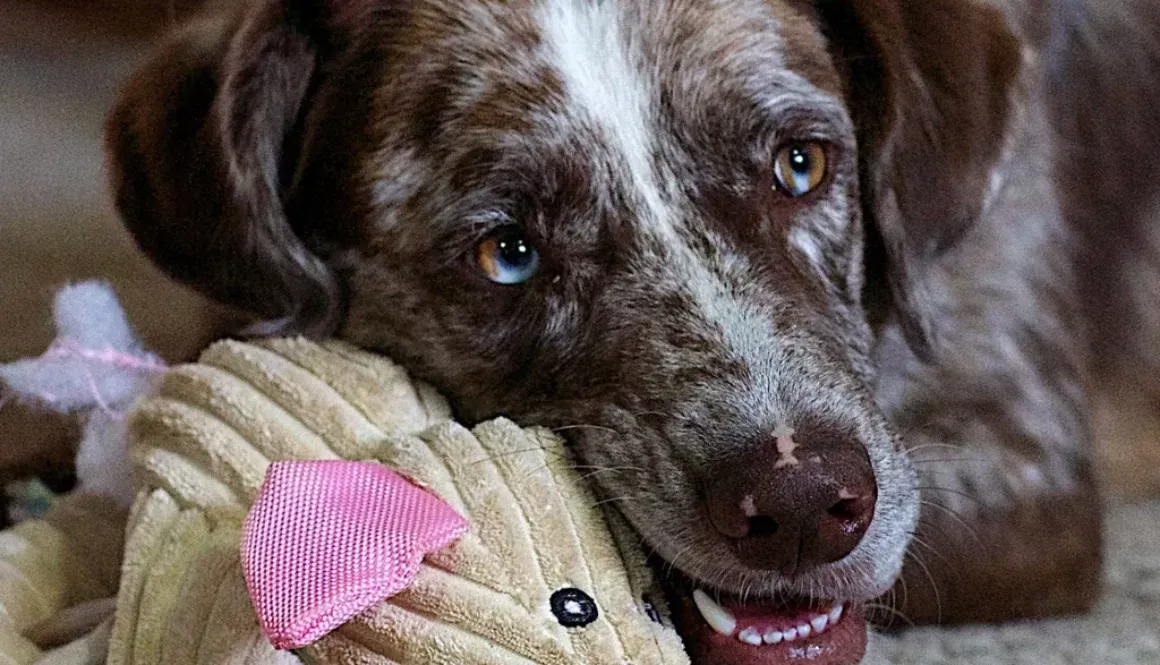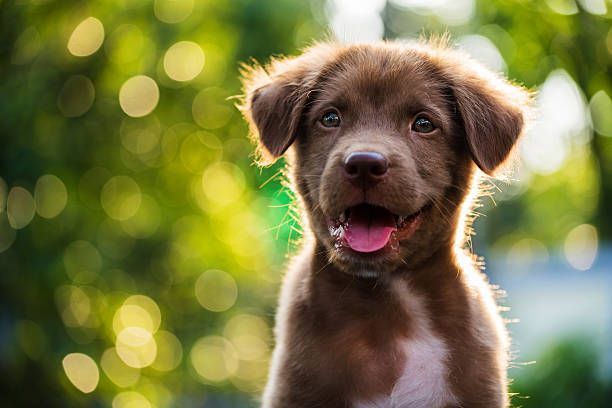Summer & UTIs in Dogs: What Every Dog Owner Should Know
Summer & UTIs in Dogs: What Every Dog Owner Should Know
As the sun shines brighter and the days grow longer, summer can be a joyful time for both humans and dogs. But just like heatstroke or dehydration, urinary tract infections (UTIs) are another hot-weather health concern dog owners need to be aware of.
In this blog, we’ll cover:
- What UTIs are in dogs
- Why they’re more common in the summer
- Common signs to look out for
- How to prevent them
- What to do if your dog gets one
What Is a UTI in Dogs?
A urinary tract infection (UTI) occurs when bacteria enter your dog’s urinary system—most often the bladder or urethra. This can lead to inflammation, discomfort, and more serious issues if left untreated.
While UTIs can happen year-round, summer increases the risk due to several factors such as:
- Less frequent urination (due to longer outdoor times or being left inside longer)
- Dehydration
- Higher bacterial growth in warm environments
Why Summer Can Be a Risky Time
Just like us, dogs can get dehydrated in the heat. Less water means less frequent urination, and that allows bacteria to linger in the bladder longer. Combine that with the increased time spent outdoors, rolling in grass, swimming in lakes or ponds, or simply getting dirtier—it creates a perfect storm for a potential UTI.
Common Signs of a UTI in Dogs
Keep an eye out for:
- Frequent urination or attempts to urinate with little output
- Accidents in the house (even for fully toilet-trained dogs)
- Straining or whimpering while peeing
- Blood in the urine (may appear pinkish)
- Strong-smelling urine
- Licking around the genital area
- Lethargy or seeming “off”
If you notice any of these symptoms, it’s best to book a vet appointment right away. UTIs can become painful and may lead to more serious complications like bladder or kidney infections.
Prevention Tips for Hot Weather
You can do a lot to reduce the risk of summer UTIs with a few simple habits:
1. Keep Your Dog Hydrated
- Ensure fresh water is always available.
- Add wet food or a splash of water to meals if your dog isn’t drinking enough.
2. Encourage Frequent Bathroom Breaks
- Let your dog out regularly to prevent bacteria from building up in the bladder.
- Avoid holding urine for long periods.
3. Maintain Hygiene After Outdoor Activities
- Gently clean the genital area after swimming, rolling in mud, or exploring underbrush.
- A quick wipe with a damp cloth can help reduce bacteria.
4. Support a Healthy Immune System
- A balanced diet, probiotics, and regular vet check-ups help your dog stay healthy overall.
- Some natural supplements (like cranberry extract) may also help maintain urinary health—speak to your vet first.
What to Do if Your Dog Gets a UTI
If you suspect your dog has a UTI:
- Visit your vet. They’ll likely run a urine test to confirm the diagnosis.
- If confirmed, a course of antibiotics is typically prescribed.
- Follow all treatment instructions carefully, and make sure your dog finishes the full course.
- Keep your dog hydrated and encourage more potty breaks during recovery.
Final Thoughts
UTIs are uncomfortable but treatable, and in most cases, preventable with good hydration and hygiene, especially during the warmer months. A little extra care during the summer can go a long way in keeping your dog healthy, happy, and infection-free.
If your dog is prone to UTIs or has had one before, speak to your vet about long-term management options. Prevention really is the best medicine—especially in the heat!










